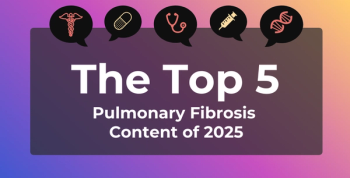
Report: High Stress Levels Among Low-Income Populations, Minorities Lead to Health Disparities
Racial and ethnic minorities and populations with low incomes will experience more stress during their lifetime compared to wealthy, white individuals, leading to large inequities in both mental and physical health, according to a report from the American Psychological Association.
Racial and ethnic minorities and populations with low incomes will experience more stress during their lifetime compared to wealthy, white individuals, leading to large inequities in both mental and physical health,
Stress has an large impact on health and the economy. The United States is expected to lose more than $300 billion annually in stress-related illnesses and injuries from accidents, absenteeism, employee turnover, lowered productivity and direct medical, legal and insurance costs.
Elizabeth Brondolo, PhD, chair of an APA working group that wrote the report,
African-Americans, US-born Hispanics, and those with lower incomes are reported to have more severe, infrequent stress and more traumatic events during their childhood. Stress can also be a result of direct discrimination and experiencing violent events. High levels of stress is associated with a number of negative behaviors, such as smoking, drinking, substance abuse, and lack of exercise. These, and other, unhealthy behaviors often lead to diseases, including cancer, diabetes, heart disease, and cognitive decline.
The APA pointed to the long-term consequences of stress on health. In 2016, men in the top 1% income of the American population lived 15 years longer than men in the bottom 1%. For women, there was a 10-year difference in life expectancy between the top 1% and the bottom 1%.
Interventions to reduce stress have included individual, dyadic, family, and community-level approaches. Culturally adapted cognitive behavior stress management, mindfulness approaches, and training to improve interactions between parent and child and patient and provider have been strategies used by individuals to reduce and prevent stress. Systematic approaches have attempted to decrease discrimination in the workplace and improve police relations.
The APA recommends further research on health disparities with the goal of finding solutions on how to improve health outcomes in vulnerable communities. It also recommend higher education institutions to provide continuing education for social workers and psychologists working in low-income communities. The APA also advocates that funding for access to mental health services be given to those with limited access.
“Disparities in both stress and health may not be visible to those who have more advantages or who have relatively limited direct contact with those affected,” said Brondolo. “A well-informed community is critical to improving the health of racial/ethnic and poor communities.”
Newsletter
Stay ahead of policy, cost, and value—subscribe to AJMC for expert insights at the intersection of clinical care and health economics.







































